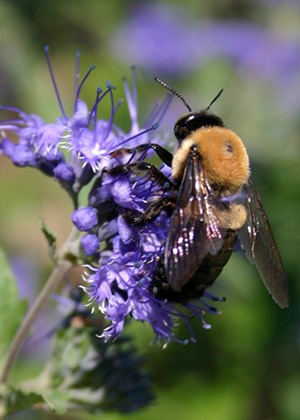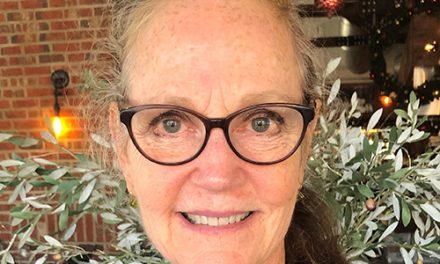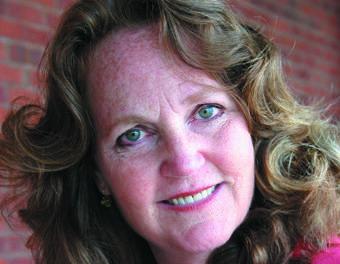 For 95 percent of the food we eat, you can thank pollinators. From the obvious bees to other insects, birds and even the wind, pollinators are all around us. But their habitats are disappearing.
For 95 percent of the food we eat, you can thank pollinators. From the obvious bees to other insects, birds and even the wind, pollinators are all around us. But their habitats are disappearing.
You can help in a very simple way: Plant a pollinator garden. At the very least, add pollinator attractors to your landscape. Just a couple of plants or shrubs will make a difference.
The nation celebrates National Pollinator Week June 21-27, 2021. Check out various internet sources for how people are recognizing these hard-working under-appreciated insects, birds and butterflies.
Buzzing honeybees and bumblebees, colorful butterflies and quick-darting hummingbirds have a huge job to perform: pollinating plants that grow and mature into the fruits and vegetables we eat. And pollinators help create the foods eaten by livestock who give us meat, milk and cheese; the grains that chicken feed on; and through pollination, seeds are produced that allow us to grow more plants.
In the great scheme of pollination, bees do the heavy lifting — not only to ensure continued food production but to ensure reproduction of plants, shrubs and trees. Their pollination creates seeds so plants can reproduce.
With hairy bodies and pocket-like structures on their back legs to transport pollen back to the hive, bees are created to be pollinators. Bee larvae feed on pollen, so they are conditioned to seek it as adults.
Bees aren’t alone
Butterflies, hummingbirds, moths, flower flies, beetles and wasps pollinate with varying degrees of efficiency. Unlike bees, their success is almost by accident.
As they dine on sweet nectar, pollen may dust their wings or feathers and is transferred to other flowers and plants upon which they light. The rapid beating of their wings also aids in pollination.
Put out hummingbird feeders to attract them to your yard. Plant Joe Pye weed, milkweed, butterfly bushes and other wildflowers to bring in butterflies. And be sure to mix some colorful annuals, such as marigolds and zinnias into your vegetable plots.
Catering to pollinators
A national movement to increase habitat for pollinators has created a plethora of information on the internet about what attracts pollinators, how to create habitats and even how to become certified as a pollinator habitat.
The U.S. Department of Agriculture/Forest Service offers these tips:
- Consider plants with a range of bloom seasons from spring through fall. Include both daytime and night-blooming species.
- Pollinators more easily find plants in clumps rather than single plants. This also makes your garden more attractive and easier to maintain.
- Choose native varieties of plants rather than their “prettier” hybridized relatives. Mix in annuals, perennials, flowering shrubs and trees.
- Provide a water source for pollinators. You can put a birdbath directly on the ground or install a drip irrigation line. Add a bit of salt or wood ashes to the damp area. Do not remove dead trees or branches. They may become attractive nesting options for bees.
- Avoid the use of pesticides. If you must use them, read the label for the least toxic to wildlife. Spray at night when bees are not active.
Learn more about pollinators by reading guidebooks about bees, butterflies and hummingbirds.
The North American Pollinator Protection Campaign, www.pollinator.org, spearheads National Pollinator Week, this year June 21-27. Here’s the link to the organization: www.pollinator.org/pollinator-week.





